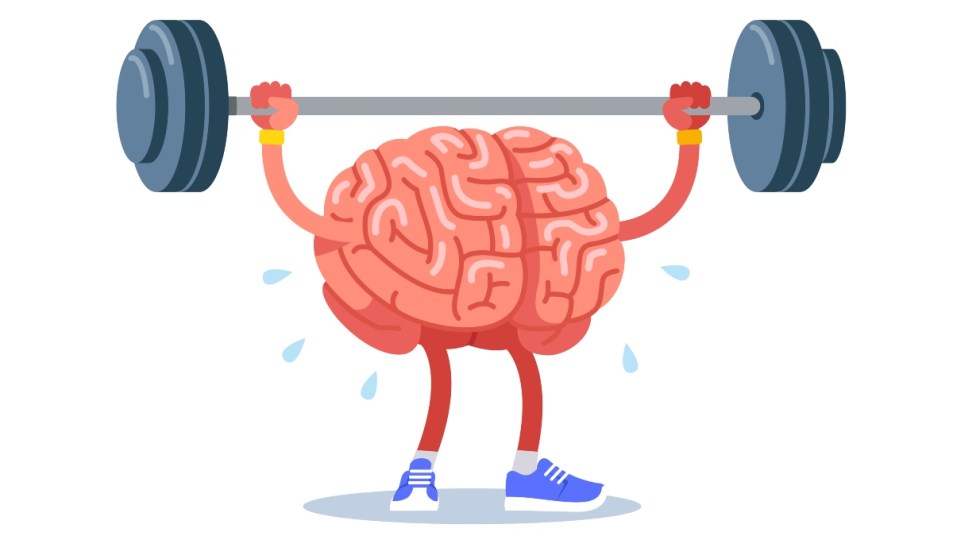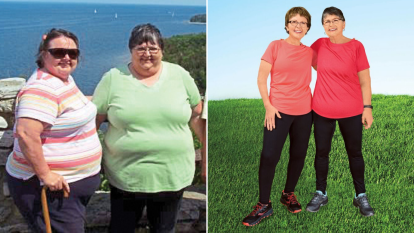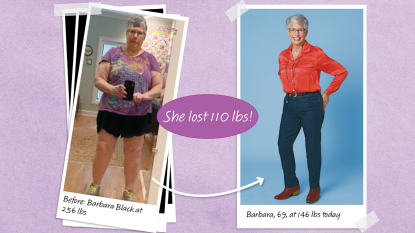As We Age, It’s Important That We Never Stop Learning — Here Are 5 Tips for Staying Sharp
Keep your mind in tip-top shape!

Our task through all life stages is to continue shielding our brain to keep it strong. Learning is the lead singer in this chorus, and the process builds upon itself. As we age, we broaden our circle of learning beyond school to piece together how life works, how relationships work, what holds our interest, how to work, and make a living wage. We co-mingle, educating ourselves through movement, purpose, and careers. We discover how to regulate ourselves to keep learning and growing, to make good decisions, and expand our horizons. Five of the best ways to keep our minds sharp include learning, movement, achieving calm, social engagement, and finding purpose.
At advanced life stages, learning becomes mastery in our chosen fields or avocations. Learning remains core to our brain’s ability to build neurons and pathways that allow functional efficiency at every stage of life. So, the task for older ages is to learn how to be both healthy and old.
This can be tough, given that the “normal” tracks for learning such as school and work may fall away. Replace these with travel, new hobbies, new friends, or a deep dive into finding purpose — whatever it takes to stay vibrant. Another must for maintaining your brain: Consider plant-heavy diets, prioritize social networks, and keep moving.
Keep Your Body Moving
Moshe Feldenkrais, a renowned physicist and founder of the Feldenkrais Method of movement, discovered that movement is the key to maintaining brain health. Movement provides the information the brain needs to reorder, re-sort, and realign whatever might not be efficient or health giving within. Given the complexity of the human body and brain, this is no small task. Yet new research confirms that even the older brain is plastic. Our brilliant brains not only can do it, but they do it all the time!
As we age, movement can become more difficult and can quickly decline into an “aging spiral.” Feldenkrais developed a method of gentler movements that engage the brain in assessing and reordering itself, so the body can move with less pain, with greater ease, and with less wear and tear. During my graduate training in neurobiology, I learned about this method and tried it out to see if it would have any effect on my triple spinal fracture suffered decades earlier. It left me in constant back pain with limited mobility. To my utter amazement, within four months, the pain had disappeared. My spine and back were as mobile as decades before.
The Power of Lifestyle Changes
Dean Ornish is a health pioneer in neuroscience and lifestyle medicine, and author of Undo It! How Simple Lifestyle Changes Can Reverse Most Chronic Diseases. Lifestyle changes, he says, can prevent and tame many modern ills, including cardiovascular disease and even dementia: “Eat well, move more, stress less and love more.” We can’t fix everything, but with the discovery that brain neuroplasticity remains into our later years, we can move the needle, and change many things for the better if we try. Toward that end, find a great support team including a doctor schooled in the science of aging, who can be your partner as you move through this life stage.
5 Brain Shield Tips for Older Ages
- Learning: Choose classes, reading, travel, explorations, new hobbies, avocations, and languages. Never stop learning.
- Movement: Daily exercise of 30 or more minutes at 60 percent to 70 percent maximum heart rate. Engage in regular walking, Pilates, yoga, tai chi, Feldenkrais, or strength classes. Whatever you do, just keep moving!
- Achieving Calm: Getting good sleep is imperative — aim for six to eight hours daily. Limit sleep aid medicines. Include meditation practices, quiet walks, music, and quiet time.
- Social Engagement: Having a network of friends and family is one of the most health-giving aspects of older agers. Staying clear of difficult relationships helps maintain calm.
- Finding Purpose: Doing what you love and what fulfills you is key. If you haven’t figured this out yet, now is the time. Such pursuits can slow heart rate, lower blood pressure, and make you happy!
A version of this article appeared in our partner magazine, Supercharge Your Brain, in 2022.













